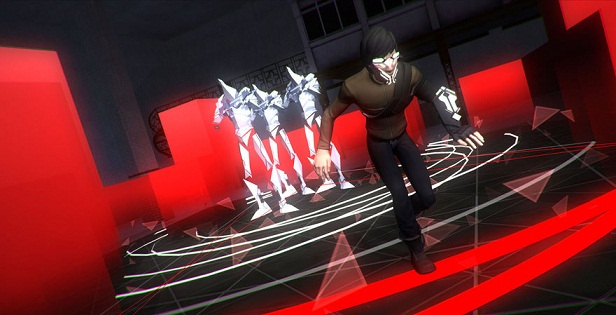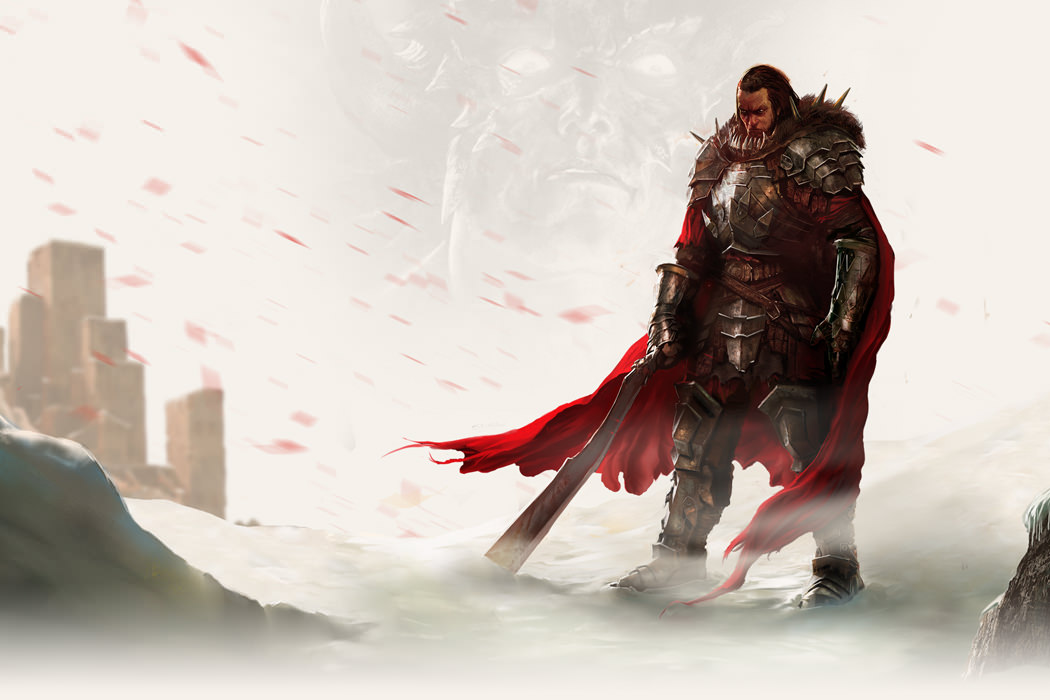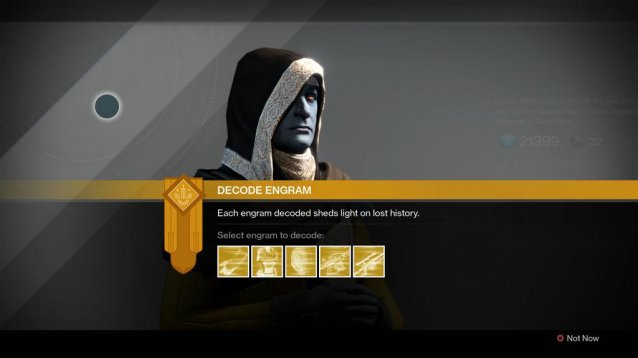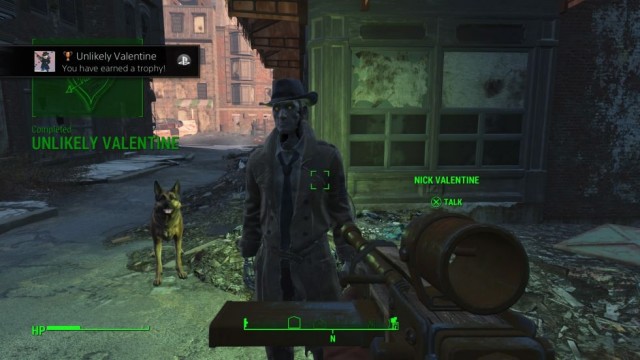

When you hear Nintendo, what’s the first thing you think of? Probably Mario. When somebody talks about the good old days of Sega, what comes to mind? Likely, Sonic. Mascots are a huge way that companies sell their brands and stand out from one another, and video games are no exception. Nowadays, loyalty to one system or publisher isn’t as big as it used to be, but back in the console wars of the 1990s, a mascot could mean everything to sales.
Everyone knows about Sonic and Mario, but even less prevalent historic mascots such as Crash Bandicoot, Bubsy, and Earthworm Jim are well-known among the gaming community. However, there are plenty of mascots that came and went quickly, never to be heard from again. For one reason of another, they weren’t quite beloved by players and faded away. Let’s take a step back and view some strange game mascots that never became mainstream.
Blasto is a third-person shooter game, released for the PlayStation in 1998. You control Captain Blasto, a fairly generic-looking hero who bears some resemblance to Mr. Incredible.

Whereas Mr. Incredible had heroic intentions, however, Captain Blasto is much more self-centered. When an alien dictator named Bosc tries to take over Blasto’s home planet of Uranus (you can see where this is going…) and capture the Space Babes, the Captain will have none of it.
Captain Blasto is sort of a lite Duke Nukem, who is a politically incorrect, joke-cracking, hyper-masculine dude who likes guns, explosions and babes.
Blasto’s game is rated Teen, not Mature, so it’s not as edgy, but the Captain is still full of cheesy, cliché one-liners like “Honey, I’m home!” or “Oh, that’s gotta hurt!”

Blasto never took off because his game was tough. The game was heavily marketed, but for most gamers the difficulty was off-putting. Aside from that, the graphics are lackluster and bland, as a lot of the game takes place in space, and features boring backgrounds. The plot is thin; mainly hinging on Blasto rescuing babes, and the controls are lousy. Since the game features a fair bit of platforming along with shooting, the controls really become an issue.
The only real redeeming factor about Captain Blasto is that he’s voiced by the late Phil Hartman. This game was one of the last works he was involved in; Blasto came out in North America on March 31, 1998 and Hartman was murdered just a few weeks later on May 28, 1998. His voice acting is excellent in Blasto and it’s worth checking out for that alone. A sequel to Blasto was planned, but after Hartman’s passing, it was scrapped.
Boogerman: A Pick and Flick Adventure is exactly what it sounds like. In this title, Professor Stinkbaum tries to create a machine to rid the world of pollution by banishing it to an area called Dimension X-Crement. Eventually, a visitor comes and sneezes into the machine, breaking it. The visitor decides to change into his alter ego, Boogerman, when a mysterious arm appears out of a portal created by the machine and steals its power source.
As you can probably already tell, this game is all about gross-out humor, including plenty of burping and farting. It’s not clever enough to be one of the funniest games ever, but it certainly gets points for being unique.
It doesn’t really make sense, though – it’s not like Boogerman is fighting off cleanliness by using these nasty attacks. You’re fighting against ugly, vile creatures who explode into a gaseous toot when you jump on them. What’s the point?

The character didn’t catch on for obvious reasons; this game is low-class entertainment and likely appealed to boys aged eight or younger. Parents probably saw the title and artwork and decided to stay away from it. Boogerman came out in 1994 for the Sega Genesis, and was also released for the Super Nintendo at the end of 1995. Other than that, though, the game never spawned any sequels (though a Kickstarter was attempted, it failed to reach it funding goal).
There’s a bit to like about Boogerman, though. The graphics are decent, and the sound effects sound like actual snorting and burping. It makes you wonder what the developers did to create those sounds. The game is lengthy, but not super exciting. It’s a standard platformer in terms of gameplay, but it’s worth checking out once for its uniqueness. Past that, though, there’s not much lasting appeal.
In Glover, you control the titular character, an anthropomorphic glove who is an assistant to the good wizard who rules over the kingdom. One day, an accidental explosion sends Glover and his companion glove sailing out the window, in addition to shaking the crystals that protect the land from their resting places. Cross-Stitch, the other glove, becomes corrupted from landing in a cauldron of bad potion and rises up as the enemy. It’s up to Glover to recover the crystals and save the land.
Glover controls as a third-person action/platforming game. Glover isn’t much without his ball, which can mutate into different forms. For example, the rubber ball is versatile and can be bounced, slapped, or tossed onto a ledge. The bowling ball, on the other hand, is heavy; slapping it at enemies will kill them, and in this form, the ball will sink in water. Glover can also walk on the ball.

Glover was unique, but didn’t last for long. The PC and N64 versions came out within a few days of each other in October of 1998. A PlayStation port became available in November of 1999, but this version was heavily knocked by critics for poor graphics and the game’s lack of spirit compared to the N64 edition. The clunky controls, irritating camera, and bland story didn’t help the character to become established, either.
The game wasn’t terrible, however. How many games do you know that feature a glove in control of a ball? It has varied worlds and a good bit of gameplay. The graphics are decent and cheats are available. Like other titles on this list, it’s worth checking out for fun. If you can master the controls, you’ll find a cool title to play through. It’s a shame that Glover never became a well-known mascot; there were plans for Glover 2, featuring a boxing glove character, but it never came to light.
Awesome Possum… Kicks Dr. Machino’s Butt was a 1993 platformer title for the Genesis. Created by Tengen, it’s an absolute rip-off of Sonic the Hedgehog: featuring a spunky animal with a spin attack who has to stop an evil scientist and his robot animals from taking over the world. Sonic knock-offs were a common sight in the 90s, but Awesome Possum managed to be one of the most abysmal.

The story and character attributes of Sonic were stolen for Awesome Possum, but they weren’t even swindled properly. You’ll hate this character right from the intro; Awesome Possum can’t rest with the fact that “Awesome” is printed right above his name, and has to tell you himself that he’s awesome. Also, the game features digitized voice acting, which was rare back then in games. Clearly, it was so for a reason. The voices in this game sound like a garbage truck that was recorded on a cell phone from 1990 and then played through an AM radio.
Even worse, the game tries to tie in educational themes. Some educational games are quite good, but shoveling academic material into a platformer that wasn’t really advertised as such is cruel. Instead of collecting rings like Sonic, the not-so-Awesome Possum collects empty cans and bottles to help the environment. And every so often, you’ll have to answer an environmental-based trivia question for extra points. Can you imagine being a kid in the 90s and getting this game for your birthday? What a letdown.

There’s nothing redeeming about Awesome Possum or his game. The entire game is a cheap copy, his personality is lame, the level design is boring, the graphics are ugly, the voices suck, and the educational message is awkwardly forced in. No kid wanted to play this in 1993, and so there were never any more games featuring everyone’s least-favorite Possum. Thank goodness.
It’s always interesting to take a look back at games and characters who didn’t quite make it. As you’ve seen, mascots fade into obscurity for a variety of reasons, whether it be their voice actors passing away or a poor premise to begin with. There was an influx of fresh characters in the 1990s especially, when many new companies were surfacing and needed a mascot to represent themselves.
If you were alive and gaming when these mascots debuted, you may be a living piece of game history – check out Dave’s article for more signs of this.
Do you remember any of these mascots? What others should have made the list? Talk about mascots of any kind in the comments!




 Blade & Soul Wiki – Everything you need to know about the game .
Blade & Soul Wiki – Everything you need to know about the game . How to get Rich in GTA V Online (Patch 1.15): The most simple and effective method
How to get Rich in GTA V Online (Patch 1.15): The most simple and effective method Bound by Flame Guide: How to Make Gold Easily and Quickly
Bound by Flame Guide: How to Make Gold Easily and Quickly Destiny: The Taken King Guide - How to Farm Exotics With Three of Coins
Destiny: The Taken King Guide - How to Farm Exotics With Three of Coins Fallout 4: How to make any NPC a Companion
Fallout 4: How to make any NPC a Companion